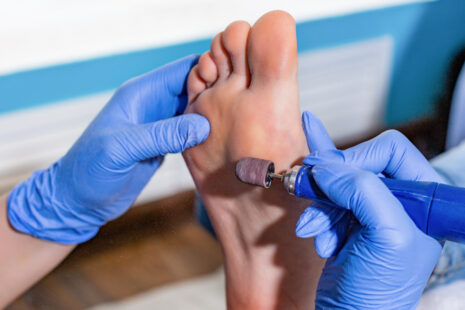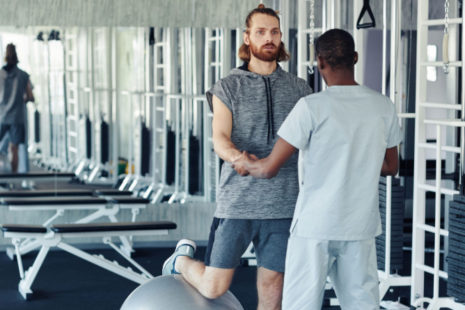Experiencing upper arm pain when playing tennis is a common complaint and can be caused by several factors related to the repetitive and high-impact movements involved in the sport.
Here are some possible reasons why your upper arm might hurt during tennis…
- Tennis Elbow (Lateral Epicondylitis) – Despite its name, tennis elbow can also cause pain in the upper arm. Tennis elbow is an overuse injury that affects the tendons on the outside of the elbow and can radiate pain along the upper arm.
- Rotator Cuff Strain or Tendinitis – The rotator cuff is a group of muscles and tendons that stabilize the shoulder joint. Overuse or improper technique during tennis strokes can strain or inflame the rotator cuff, leading to upper arm pain.
- Shoulder Impingement – Repetitive overhead movements in tennis, such as serving and overhead shots, can cause the tendons of the rotator cuff to get pinched between the bones of the shoulder joint, resulting in shoulder impingement and pain in the upper arm.
- Biceps Tendinitis – The biceps tendon connects the biceps muscle to the shoulder and the forearm. Overuse or sudden stress on the biceps tendon can lead to tendinitis and pain in the upper arm.
- Poor Stroke Technique – Incorrect technique or using too much force during tennis strokes can put excessive strain on the muscles and tendons in the upper arm, leading to pain and discomfort.
- Muscle Fatigue – Continuous and repetitive hitting in tennis can lead to muscle fatigue and soreness in the upper arm muscles.
- Incorrect Equipment – Using a tennis racket that is too heavy or has a grip that is too small or large for your hand can contribute to upper arm pain.
- Inadequate Warm-Up – Not properly warming up before playing tennis can increase the risk of muscle strain and injury in the upper arm.
If you are experiencing persistent upper arm pain while playing tennis or after playing, it’s necessary to take a break from the activity and allow the arm to rest. Applying ice to the affected area and taking over-the-counter pain relievers can help reduce inflammation and provide temporary relief.
To address the root cause of the pain and prevent further injury, consider seeking evaluation and treatment from a healthcare professional, such as a doctor or physical therapist. They can assess your condition, provide appropriate recommendations, and help you improve your technique and prevent future issues. Also, they may suggest specific exercises and stretches to strengthen and support the muscles involved in tennis to reduce the risk of injury.




